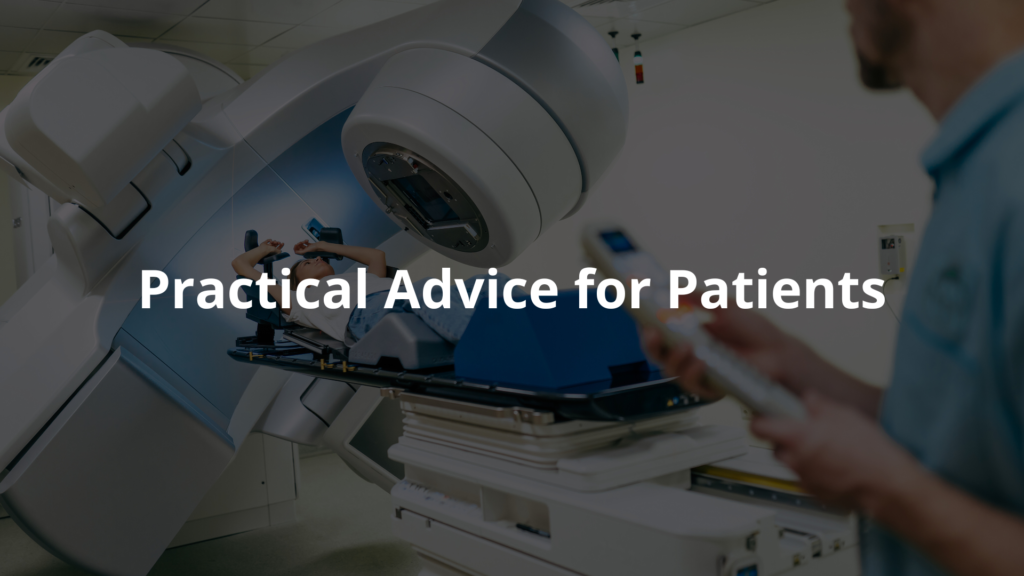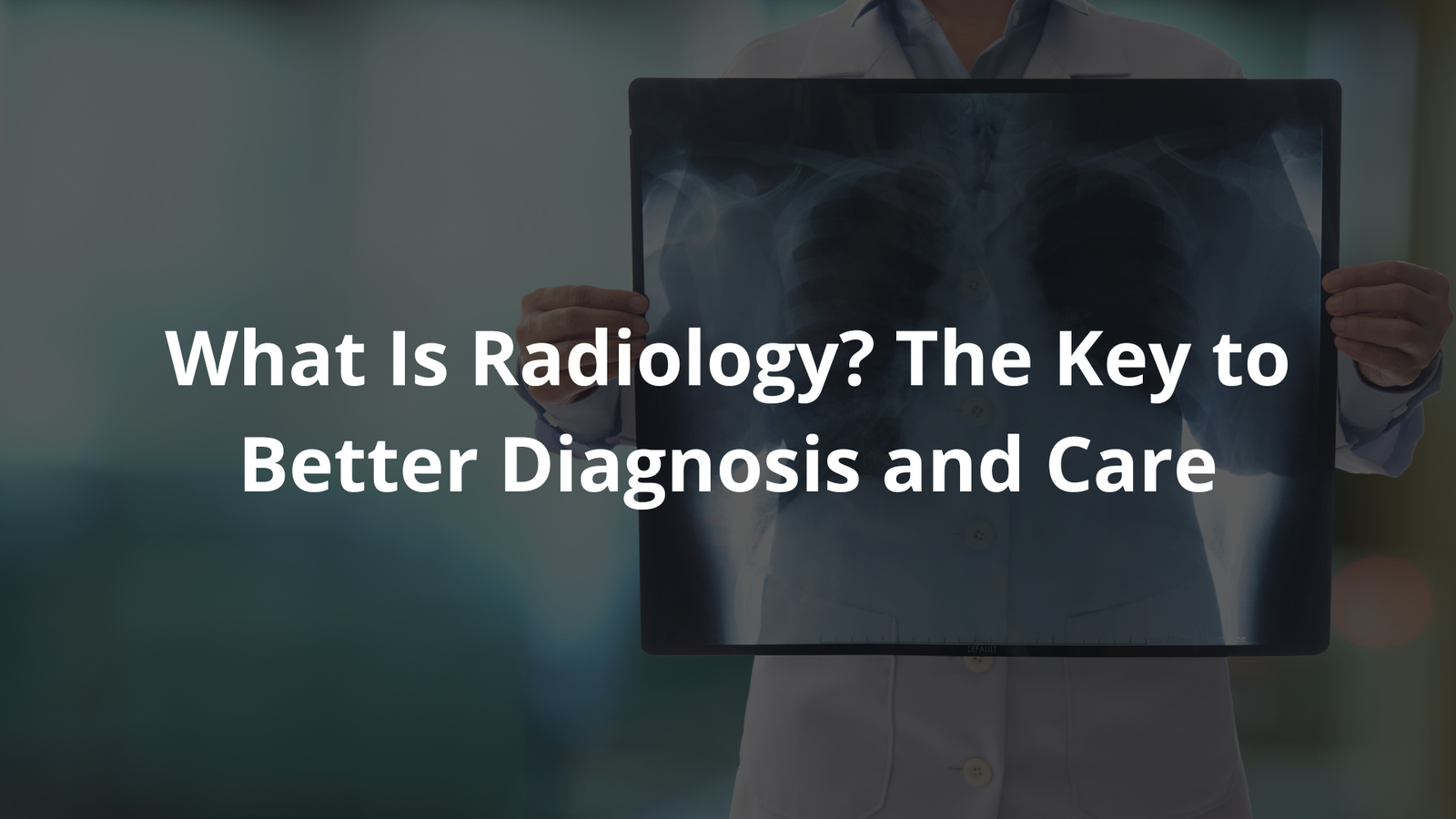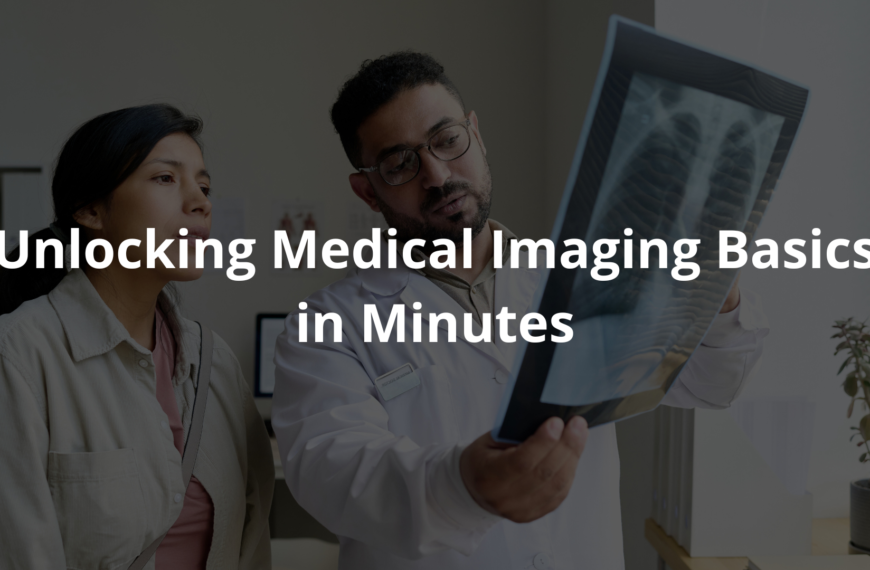Learn how radiology transforms healthcare by providing accurate diagnoses and guiding effective treatments for diverse conditions.
Radiology, also called diagnostic imaging, is a branch of medicine that uses advanced imaging techniques to diagnose and treat health conditions. From X-rays to MRIs, these methods play a crucial role in identifying diseases, planning treatments, and improving patient care. This field combines cutting-edge technology and medical expertise to offer non-invasive insights into the human body, making it an indispensable part of modern healthcare.
Key Takeaways
- Radiology uses imaging techniques like X-rays, MRIs, and CT scans to diagnose and treat health conditions.
- It’s a cornerstone of modern medicine, helping doctors plan treatments and monitor progress.
- Radiologists and imaging technology work together to improve patient care and outcomes.
What Exactly Is Radiology?
Radiology is the medical specialty that lets doctors see inside the body using imaging techniques. It’s a blend of science and art. Doctors, called radiologists, interpret these images to diagnose illnesses, plan treatments, and even monitor recovery.
There are two main branches:
- Diagnostic Radiology: This includes tools like X-rays, CT scans, MRIs, and ultrasounds to identify diseases or injuries.
- Interventional Radiology: It’s more hands-on, using imaging to guide minimally invasive procedures like biopsies or stent placements. [1]
Tools of the Trade
Radiology isn’t just about one machine or method. It’s a wide range of technologies, each suited for specific tasks:
- X-Rays: Simple and quick, they’re perfect for spotting fractures and chest infections.
- CT Scans: Combine multiple X-ray images for detailed views of organs and tissues.
- MRI Scans: Use magnetic fields to create detailed images, especially useful for soft tissues.
- Ultrasounds: Employ sound waves to capture moving images, often used in pregnancies or heart exams.
- PET Scans: Show how tissues and organs are working, helpful in cancer detection.
These methods work together to create a full picture of a patient’s health.
Why Radiology Matters
Radiology has transformed healthcare. Imagine diagnosing a heart condition or detecting cancer early without a single incision. That’s the power of imaging.
Early Diagnosis Saves Lives
Take breast cancer, for example. Regular mammograms can detect tumors years before they’d be found during a physical exam. Early detection often means better outcomes. [2]
Guiding Treatment
Radiology also helps doctors decide the best course of action. For instance, imaging can pinpoint a tumor’s exact location, making surgeries more precise or radiation therapy more targeted.
The People Behind the Screens
Radiologists are highly trained professionals. In Australia, they undergo years of medical school, followed by specialized training. It takes around 13 years to become a qualified radiologist, including:
- Medical school (5-6 years)
- Internship and residency (5 years)
- Fellowship for specialization (1-2 years)
Technologists and radiographers also play a vital role. They operate the machines and ensure the images are high-quality, working closely with radiologists.
What Happens During a Radiology Exam?
Before the Exam
Patients might be asked to fast, drink a special contrast solution, or simply remove metal objects. It depends on the test.
During the Exam
It’s usually painless. You lie still while the machine does its work. An X-ray might take seconds, while an MRI could take an hour.
After the Exam
A radiologist studies the images and sends a report to your doctor. You might not meet the radiologist, but their expertise guides your care.
Practical Advice for Patients

- Ask Questions: Don’t hesitate to ask why a test is being done or what the results mean.
- Follow Prep Instructions: Proper preparation ensures better images and more accurate results.
- Keep Records: If possible, keep copies of your imaging studies for future reference.
Radiology isn’t just about taking pictures; it’s about improving lives. Whether it’s detecting a tumor, guiding a surgeon, or monitoring a treatment’s success, radiology is at the heart of modern medicine. And it all starts with a single image.
FAQ
What is radiology, and how do imaging tests help diagnose conditions?
Radiology is a branch of medicine that uses imaging tests like X-rays, MRI scans, CT scanning, and PET scans to help diagnose a wide range of medical conditions. These imaging methods provide medical doctors with detailed medical images to identify issues like cancer cells, blood vessel problems, and soft tissue abnormalities. Radiology services include imaging procedures that help guide treatment for various diseases, offering minimally invasive options when needed.
What are the types of radiology and imaging methods used today?
Radiology includes diagnostic and interventional types of radiology, each using different imaging modalities. These may involve plain radiography, nuclear medicine, magnetic resonance imaging (MRI), PET scans, and fusion imaging. Each imaging technology is tailored to provide high-quality medical images for specific conditions, like identifying a type of cancer or assessing blood vessels. Radiologists work with advanced imaging equipment to ensure accurate results.
How do radiologists use imaging exams to guide treatment?
Radiologists interpret imaging exams like CT scans, MRI scans, and ultrasound to guide treatment decisions. For example, medical imaging such as breast imaging or nuclear medicine scans can help doctors detect cancer cells or monitor cancer treatment. Image-guided procedures like biopsies or minimally invasive surgeries rely on real-time imaging to ensure precision, improving treatment options while reducing risks.
What kind of training program do radiologists complete?
Radiologists complete a rigorous residency program after earning their Doctor of Medicine degree. This includes four years of specialized radiology training and sometimes a year fellowship for further expertise in areas like radiation oncology or clinical radiology. Many radiologists are certified by boards like the American Board of Radiology or the Royal Australian board, demonstrating their extensive medical education and commitment to patient care.
What role does medical imaging play in health care?
Medical imaging is vital in modern health care, using imaging technology like magnetic fields, sound waves, and ionizing radiation to create detailed medical images. These imaging methods help guide
Conclusion
When you think about radiology, it’s not just about machines or high-tech images—it’s about what they mean for people. From detecting breast cancer early to guiding treatment for heart disease, radiology has transformed how we approach health. It makes the invisible visible, turning uncertainty into clarity.
If you’re curious about imaging options, start with your family doctor. They’re your first guide in navigating these decisions. Whether it’s a CT scan, an MRI, or just a plain X-ray, these tools are here to help ensure better care for you and your loved ones.
Because in the end, radiology isn’t just about looking inside—it’s about giving patients a better future. If this sounds like something that might help you, don’t hesitate to ask questions or seek advice. That’s what your healthcare team is for.
References
- https://asianheartinstitute.org/blog/what-is-radiology-and-types-of-radiology/
- https://emrad.nhs.uk/patients-public/what-is-radiology




